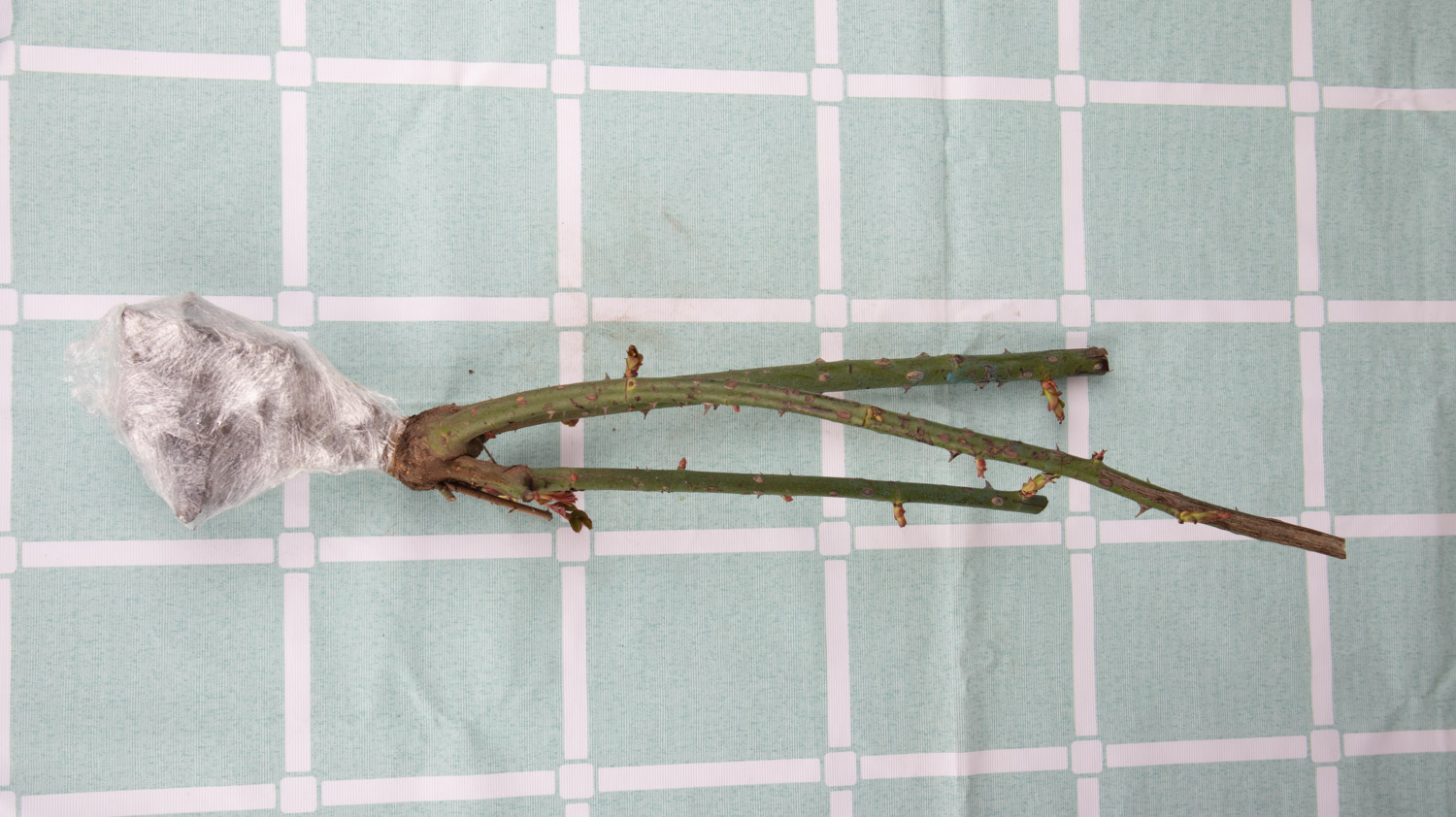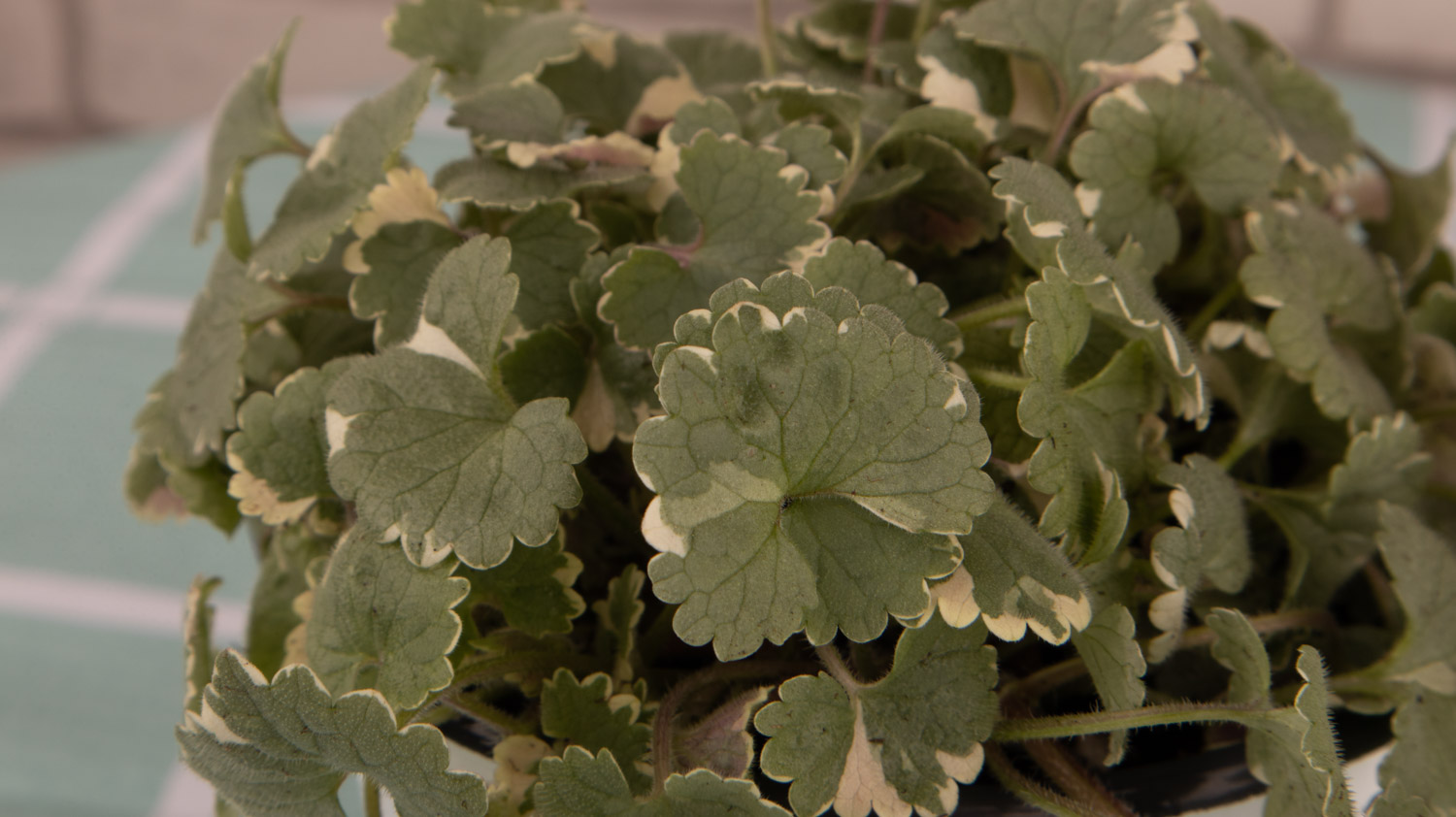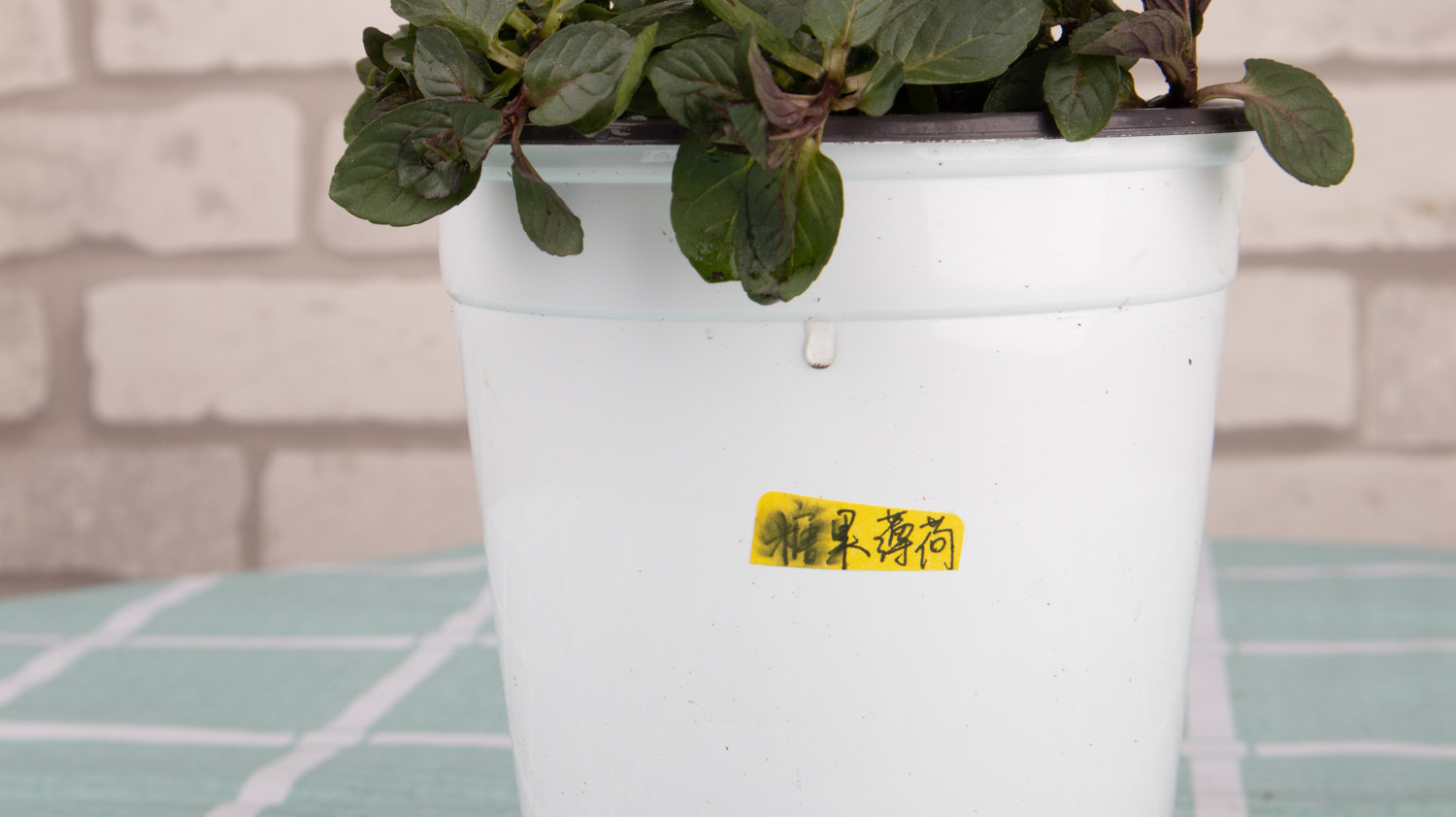1、 Daily maintenance
1. Soil: loose and fertile soil is needed for planting mint. The growth of the plant depends on the drainage and air permeability. Therefore, an appropriate amount of large particle matrix should be added to increase its drainage capacity
2. Watering: Peppermint needs enough water to grow. Especially during its growth period, it is often watered to keep the soil moist. If the climate is dry, sprinkle water around to improve the air humidity

3. Fertilization: Peppermint does not have high demand for fertilizer and basically does not need fertilization. However, when changing pots, a small amount of base fertilizer can be added to improve the fertility of the soil. Generally, chicken manure and other organic fertilizers are used as fertilizers
4. Light: whether Mint grows well is directly related to light. If the environment is relatively dark, the plant is easy to grow in vain, so we must put it in a sunny place and let it fully receive light

2、 Breeding method
1. Ramet: the stem of peppermint is very upright. If it creeps on the ground, it is easy to take root. After rooting, the branches with roots can be cut and transplanted
2. Cutting: cutting is a common breeding method. Cut 10 cm long branches, keep 3 leaves on them, insert them into loose and fertile soil, keep them moist, and wait for cuttings to take root

3、 Pest control
1. Diseases: there are many common diseases of mint, such as black shank, spot blight and rust. Among them, black shank disease mainly occurs in the seedling stage, its stem will be black and rotten, and the plant will collapse and wither. It is generally sprayed with chlorothalonil or carbendazim mixed with water for treatment. May to October is the high incidence period of spot blight. If it is found earlier, it can be sprayed with mancozeb solution once a week. Rust mostly occurs from May to July, and fenugreen can be used to spray the leaves
2. Insect pest: the main pest endangering Mint is bridge building insect, which is more common in mid June and late August. Generally, it can be eliminated by mixing dichlorvos with water and spraying 1-2 times, or dichlorvos

 jackfruit
jackfruit snake plant
snake plant hibiscus
hibiscus hydrangea
hydrangea lavender
lavender Green roses climb al...
Green roses climb al... If you don't pay att...
If you don't pay att... Management of four g...
Management of four g...

































